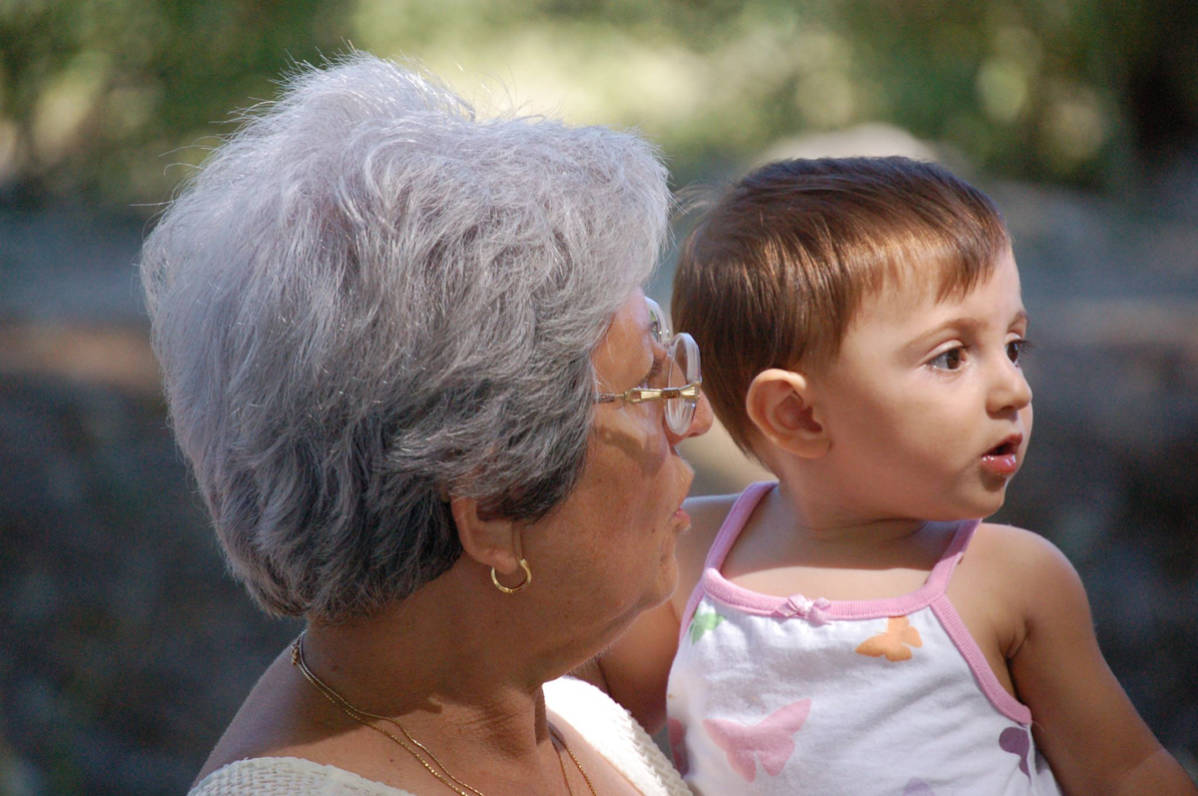I grew up living in a house with my parents, brothers and grandparents. My grandparents taught me how to play poker, cook Matzoh balls and appreciate a long afternoon reading a newspaper (and then, perhaps, we’d spend the next few hours writing a well-thought-out letter to the editor).
I’m not alone. A record 60.6 million Americans — nearly one in five — now live in multigenerational households, according to research recently released by Pew. The number includes homes with two or more adult generations or ones with both grandparents and grandchildren.
I’ve been thinking a lot about broad demographic shifts like this in terms of opportunities for news organizations. For example:
- In the past few years, more 18-to-34 year olds became slightly more likely to live with their parents than living in other arrangements.
- Employment for men with less than a college degree dropped dramatically in the 2000s, more than in any other group.
- A record number of American adults have never been married.
And so on. Obviously, news organizations have covered these demographic shifts. But are there new opportunities to reach these multigenerational audiences? And with aging audiences reading print publications, how might we think of these strategies as one part of a path to longterm sustainability?
Here are some ideas:
Think about multigenerational ways to share: We often think of sharing in terms of posting to social networking sites, but there are ways to think of sharing more broadly, particularly amongst generations living within the same household.
I would love to see pieces prompt readers or listeners with discussion questions at the end, along with a call-to-action asking them to hold a conversation about the piece before or in addition to sharing their thoughts in the comments section. The approach could lead to more and better comments and lead to further stories about a particular topic.
Another idea? Perhaps news organizations could measure conversations about the news that still take place by word of mouth. A newspaper shared between grandparent and grandchild, or glanced at by multiple members of a household, has a larger readership than number of subscribers.
Is it possible to measure this number, or a proxy for this number? It might help when articulating impact — we could then say “This number was shared within [x] percent of households with another person, which indicates that a much wider audience learned about [y].”
Think about people who share a household but might speak different languages: Foreign-born Americans are most likely than U.S.-born Americans to live with multiple generations of their family, according to Pew. Some of these households likely contain people who speak different languages. Are there ways to use certain stories as a tool for second language development or to bridge generations speaking different languages? Could news organizations ask readers to help translate their pieces or add subtitles so that other members of their households can read them? Or do certain pieces, like The New York Times’ recent nail salon exposé, warrant a dual language treatment from the very beginning?
This could also bring together families who get their news from different sources. Think about a parent reading a newspaper in a native tongue while their children get their news online in a different language. What partnerships can we think about that might create connections between the two generations?
Think about a multigenerational understanding of the news: When we ask about Americans’ news habits, we often ask how they get their news. Another set of interesting questions might be about the communal nature of experiencing news: Who did you watch or read with? Did you have a conversation about the news event after watching? And if so, did that conversation lead to a better understanding of the news event itself?
Think about generating intergenerational content: I once asked everyone I knew about the earliest news event that they remembered. The resulting answers ran the gamut from Sputnik to 9/11. Questions like these not only help create content, but they help bridge intergenerational gaps: Everyone wanted to share an answer and read everyone else’s answers, too. Similar questions: “When was the first time you did [x]?” or “Where were you when [Y] happened?” — lead to content that naturally provoke interesting comments and may lead to new ideas and sources for your publication.
What other ideas can we think about, in terms of how multigenerational households might consume, share, or contribute to news? Please share your ideas in the comments.






